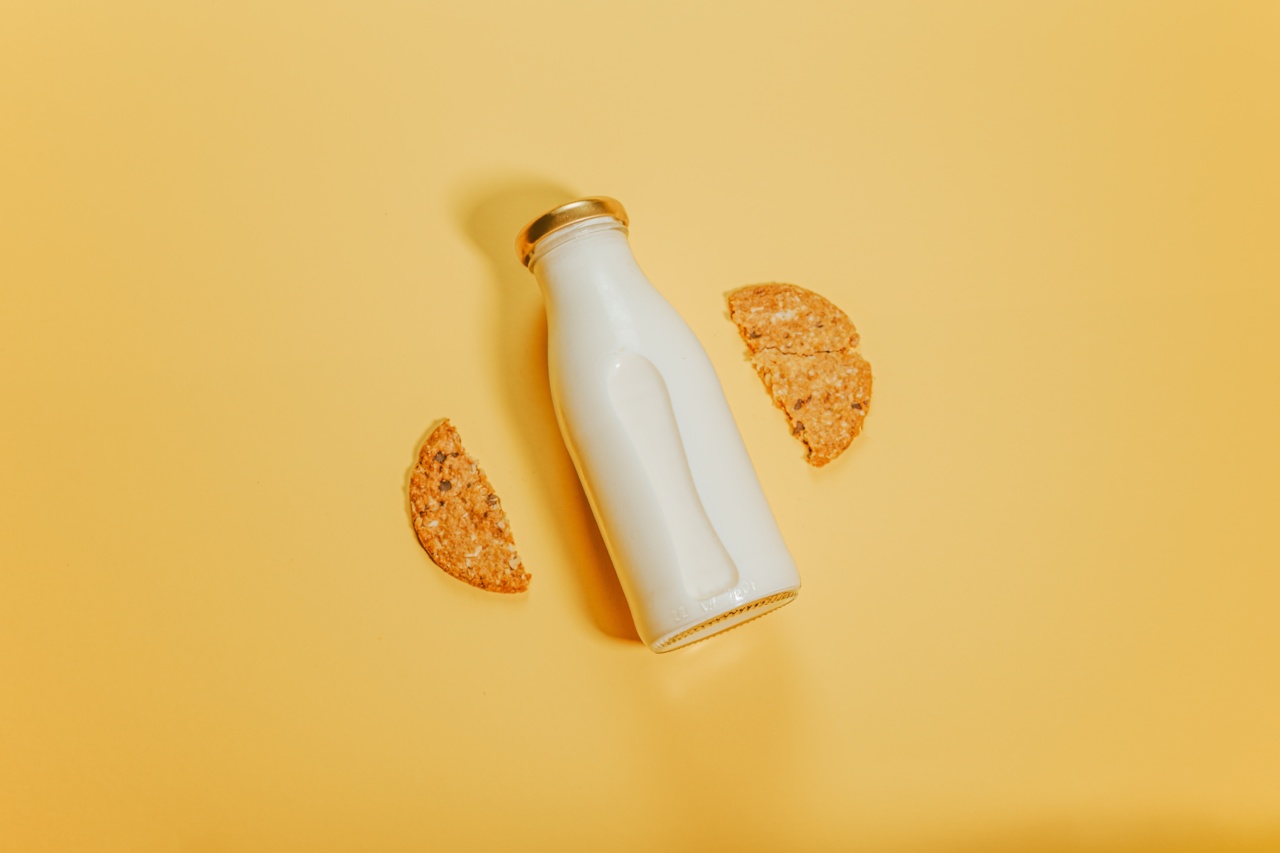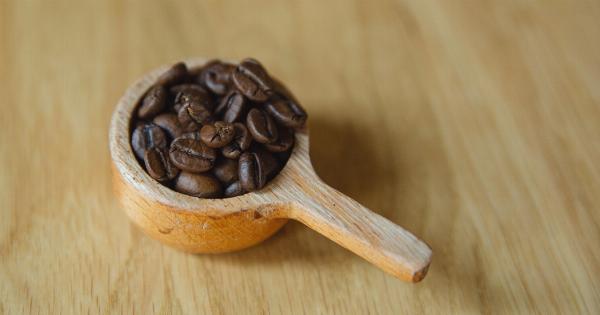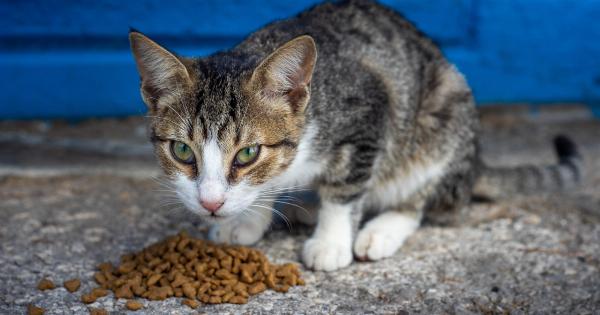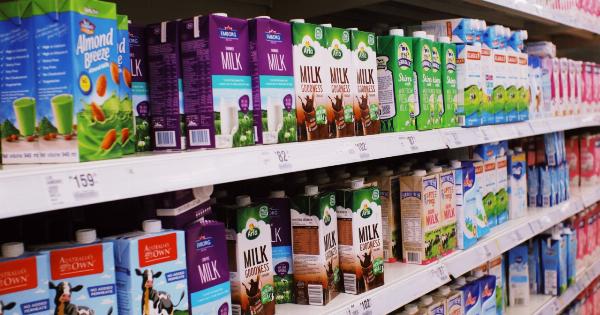Milk has long been associated with cats. From nursery rhymes to cartoons, we often see images of cats happily lapping up bowls of milk. However, despite this common perception, milk is not actually a necessary part of a cat’s diet.
In fact, giving milk to a cat can sometimes do more harm than good. Let’s delve deeper into this topic to understand why milk may not be the best choice for our feline friends.
The Myth of Milk and Cats
One of the reasons cats have been linked with milk is due to their love for the taste. Kittens naturally drink their mother’s milk when they are young and depend on it for nourishment.
This association is then carried into adulthood, where many people assume that cats still require milk.
However, it’s important to note that the digestive system of a cat changes as it grows. Just like humans, cats lose the ability to produce the enzyme lactase, which is necessary for digesting lactose, the sugar found in milk.
This means that many adult cats become lactose intolerant, just like some humans do.
The Dangers of Milk for Cats
If a lactose-intolerant cat consumes milk, it can result in digestive upset. Symptoms may include diarrhea, bloating, gas, and even vomiting.
Additionally, feeding milk to cats on a regular basis can lead to more severe issues such as pancreatitis or nutritional deficiencies.
Furthermore, not all cow’s milk is the same. Some cats may be allergic to the proteins found in cow’s milk, which can cause allergic reactions like skin itching, hives, or gastrointestinal disturbances.
It’s crucial to keep in mind that cats have specific dietary requirements, and cow’s milk does not meet these needs in a healthy and balanced way.
Alternatives to Milk
While cats should not be given cow’s milk, there are alternative options available that do not pose the same risks. If you’d like to treat your cat with something milky, consider lactose-free products specifically formulated for cats.
These products are available in pet stores and are designed to satisfy a cat’s milk cravings without causing any digestive issues.
Another option is to offer your cat cat-friendly milk substitutes, such as lactose-free milk made from plants like soy, almond, or coconut. However, it’s important to introduce these alternatives gradually and monitor your cat’s response.
Some cats may have allergies or intolerances to these non-dairy options as well.
Of course, it’s always best to consult with your veterinarian before making any significant changes to your cat’s diet. They will be able to provide you with expert advice tailored to your cat’s specific needs and health condition.
The Importance of a Balanced Diet
When it comes to a cat’s diet, it’s essential to provide them with a balanced and complete meal that meets all their nutritional requirements.
A high-quality commercial cat food that is specifically formulated to provide all the necessary nutrients is the best choice for most cats.
These commercial diets are carefully crafted to ensure that cats receive the ideal levels of protein, fat, carbohydrates, vitamins, and minerals they need to thrive.
They are also formulated to support urinary health, promote healthy skin and coat, and aid in maintaining an optimal weight.
Remember that cats are obligate carnivores, meaning their bodies are designed to thrive on a diet rich in animal proteins. They have unique nutritional needs that can only be fulfilled by consuming a diet primarily consisting of meat-based products.
Water: The True Liquid Champion for Cats
While milk may not be suitable for cats, there is one liquid their bodies require in abundance: water. Hydration is crucial for a cat’s overall health and proper bodily functions.
Cats have a low thirst drive, so it’s important to ensure that they have easy access to fresh and clean water at all times.
Water intake is particularly important for cats consuming dry cat food, as it helps prevent urinary problems such as kidney stones or urinary tract infections.
Providing a water fountain for your cat or placing multiple water bowls around the house can encourage them to drink more water.
Conclusion
Contrary to popular belief, milk is not a necessary part of a cat’s diet. In fact, milk can cause digestive issues and other health problems for most adult cats.
It’s essential to understand that cats are lactose intolerant and lack the necessary enzymes to properly digest lactose after they are weaned.
If you want to provide a milky treat for your cat, opt for lactose-free products specifically formulated for cats, or consider non-dairy alternatives like soy, almond, or coconut milk.
Remember, always consult with your veterinarian before making any changes to your cat’s diet.
By prioritizing a balanced diet consisting of high-quality commercial cat food and ensuring access to clean water, you can help your feline companion lead a healthy and fulfilled life.






























